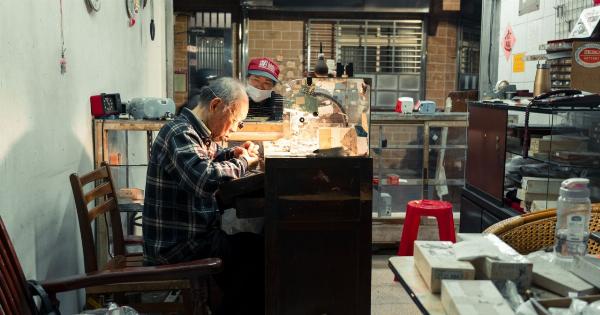Tissue homeostasis and wound healing are complex processes that ensure the maintenance and repair of body tissues.
Homeostasis refers to the ability of an organism to maintain internal stability and balance, while wound healing is the body’s response to injury or damage. These processes involve a coordinated series of events that involve various cell types, signaling molecules, and extracellular matrix components.
The Importance of Tissue Homeostasis
Tissue homeostasis is crucial for the proper functioning of organs and overall health. It ensures that cells are constantly replaced, repairing damage, and maintaining a stable environment. Different tissues have varying capacities for regeneration.
For example, the liver has a remarkable ability to regenerate, while the heart has limited regenerative capacity. However, when disruption occurs due to injury, infection, or disease, the body initiates the wound healing process to repair the damaged tissue.
The Phases of Wound Healing
Wound healing can be broadly divided into three phases: inflammation, proliferation, and remodeling.
Inflammation Phase
The inflammation phase is the initial response to tissue injury. It involves the release of various chemical signals that attract immune cells to the wound site.
Inflammatory cells, such as neutrophils and macrophages, remove debris and pathogens, and release factors that stimulate the next phase of healing. The inflammation phase also helps establish a protective barrier against further damage.
Proliferation Phase
In the proliferation phase, new tissue is generated to replace the damaged area. Fibroblasts, a type of connective tissue cell, produce collagen, which provides strength and structure to the healing wound.
Blood vessels grow to supply oxygen and nutrients to the recovering tissue. Epithelial cells migrate and proliferate to cover the wound, forming a new outer layer.
Remodeling Phase
The remodeling phase is the final stage of wound healing. During this phase, the newly formed tissue undergoes maturation and organization. Collagen fibers are rearranged and realigned to enhance their strength and flexibility.
The process of remodeling can continue for months or even years, resulting in a scar that may not completely resemble the original tissue.
Factors Affecting Wound Healing
Several factors can influence the wound healing process. Chronic conditions, such as diabetes or vascular disease, can impair blood flow and nutrient delivery to the wound site, delaying healing.
Infection at the wound site can also impede the healing process. Other factors, such as smoking, poor nutrition, and certain medications, can negatively impact wound healing. Conversely, maintaining a healthy lifestyle, adequate nutrition, and proper wound care can promote optimal healing.
Regenerative Medicine and Tissue Engineering
Advancements in regenerative medicine and tissue engineering hold promise for enhancing wound healing and tissue regeneration. Researchers are exploring the use of stem cells, growth factors, and biomaterials to promote tissue repair and regeneration.
These innovative approaches aim to restore tissue structure and function, offering potential solutions for chronic wounds and tissue damage that do not heal properly.
Conclusion
Tissue homeostasis and wound healing are essential processes for maintaining the integrity and functionality of body tissues.
Understanding the complex mechanisms underlying these processes can help guide the development of therapies and interventions for promoting optimal wound healing and tissue regeneration. By unraveling the intricacies of tissue homeostasis and wound healing, researchers continue to make significant strides in improving healthcare outcomes and enhancing quality of life.






























